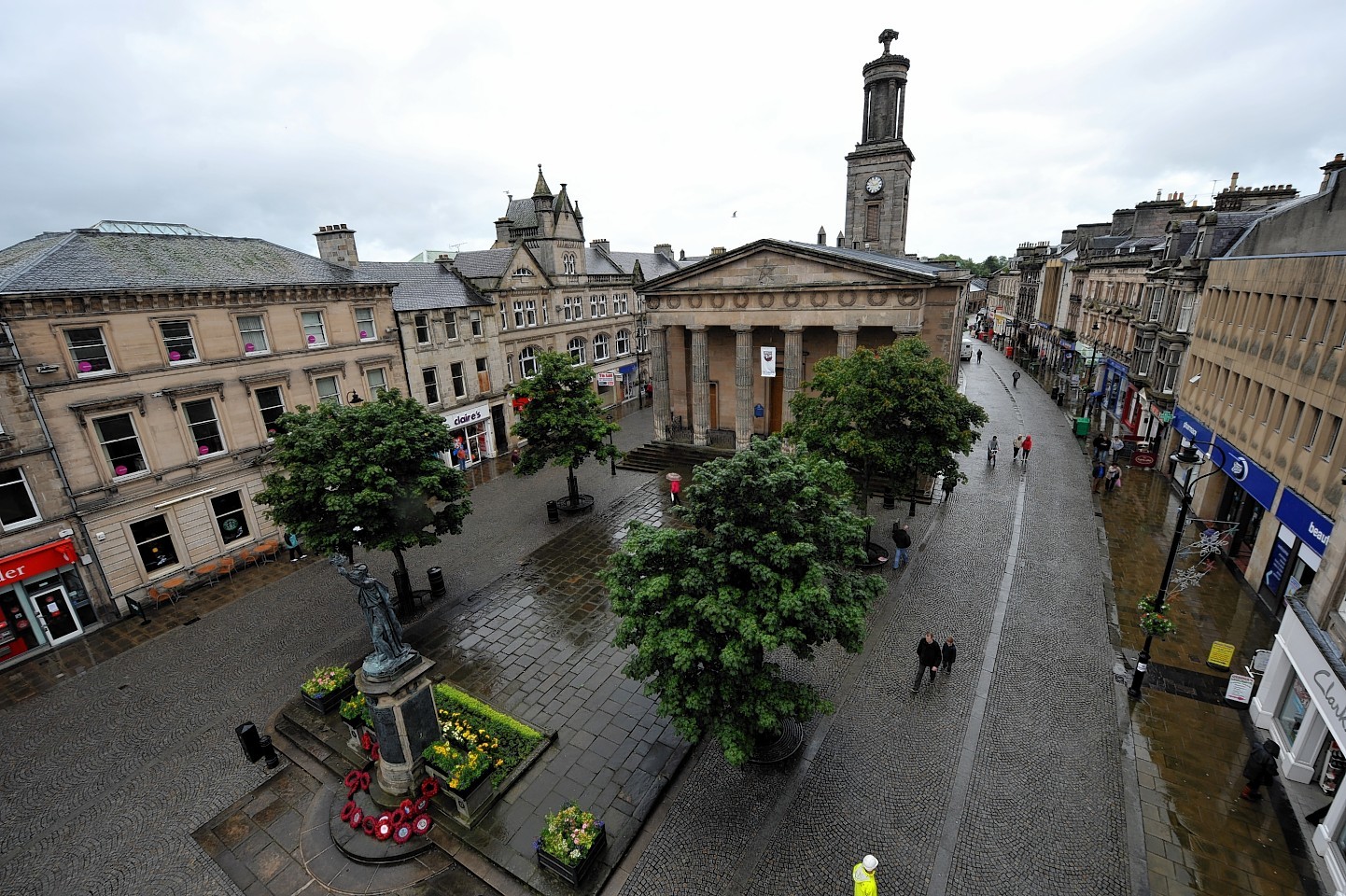New figures which show Moray’s population is booming were hailed last night as clear evidence that the region’s economy is bouncing back from a series of blows.
The number of people living in the area is increasing by more than five times the national average – with young and old alike lured by the high quality of life.
Moray had to endure the uncertainty over the future of RAF Lossiemouth and the closure of the Kinloss airbase, which has since been given a new lease of life as an Army barracks.
But statistics released by the General Register Office for Scotland show its population growth rate is well ahead of neighbouring Aberdeenshire and the Highlands.
Vice-chairman of the Moray Economic Partnership, James Johnston, said the figures showed the region was bouncing back after a rocky period.
Mr Johnson, a former station commander at RAF Kinloss, said: “These figures are a hugely positive sign of the resilience of the region’s economy.”
He said people were choosing to live in Moray because the region offered good employment opportunities and excellent quality of life.
He added: “I believe there are four key reasons for the upward trend.
“Firstly, like myself, many people who left the RAF when the service pulled out of Kinloss haven’t left the area – they have remained and set up new businesses.
“Secondly, these new businesses attract people who can provide skills not currently available to the region.
“Thirdly, the transition of the RAF Typhoon squadrons to Lossiemouth is bringing new faces to the area.
“And finally, the quality of life here in Moray is second to none.
“I believe part of the population growth is down to people exploiting that fact by living here and commuting to work in Aberdeen or Inverness.”
The figures show that Moray’s population increased by 1.6% from 92,910 to 94,350 between mid-2012 and mid-2013.
This compares to the national average rise over the same period of just 0.3%.
Moray Council leader Allan Wright also welcomed the figures.
He said they showed the region’s economy was finally recovering from the huge setback it suffered when the UK Government cancelled plans to replace the ageing Nimrod surveillance aircraft in 2010, signalling the end of the line for Kinloss as an airbase.
Councillor Wright said: “Retired people are favouring moving to Moray because of its climate, low crime figures and quality of life.
“But I believe that younger people are now also choosing to live here in greater numbers.
“Historically, Moray has always been deemed a low wage economy, but I think we’re starting to see a real change now.
“Recent years have seen a massive expansion in the whisky industry.
“While the distilleries may be largely automated, the additional numbers still add up.
“What’s more, a lot of these new jobs are well paid, which means there is more money in the local economy, which has a knock-on effect.
“Similarly, increasing numbers of people working offshore in the oil industry are choosing to bring their families to Moray.
“They may be paid by firms based in Aberdeen but they are living and spending their cash here.”
Local MSP Richard Lochhead said: “Moray’s growing population is a good sign of economic recovery.
“With the combined efforts of the Scottish Government and the Moray Economic Partnership a great deal of good work has been done, but there remains much more to do.
“There is massive potential in Moray and we need to keep the momentum going if we are to maximise that.”
David Oxley, area manager for Highlands and Islands Enterprise (HIE) in Moray, also said he believed the population growth demonstrated the region was a good place to live and work.
He predicting the trend would continue and added: “These figures represent significant progress on the way to our target population for Moray of 97,000 by 2023.”
Comment, Page 28
